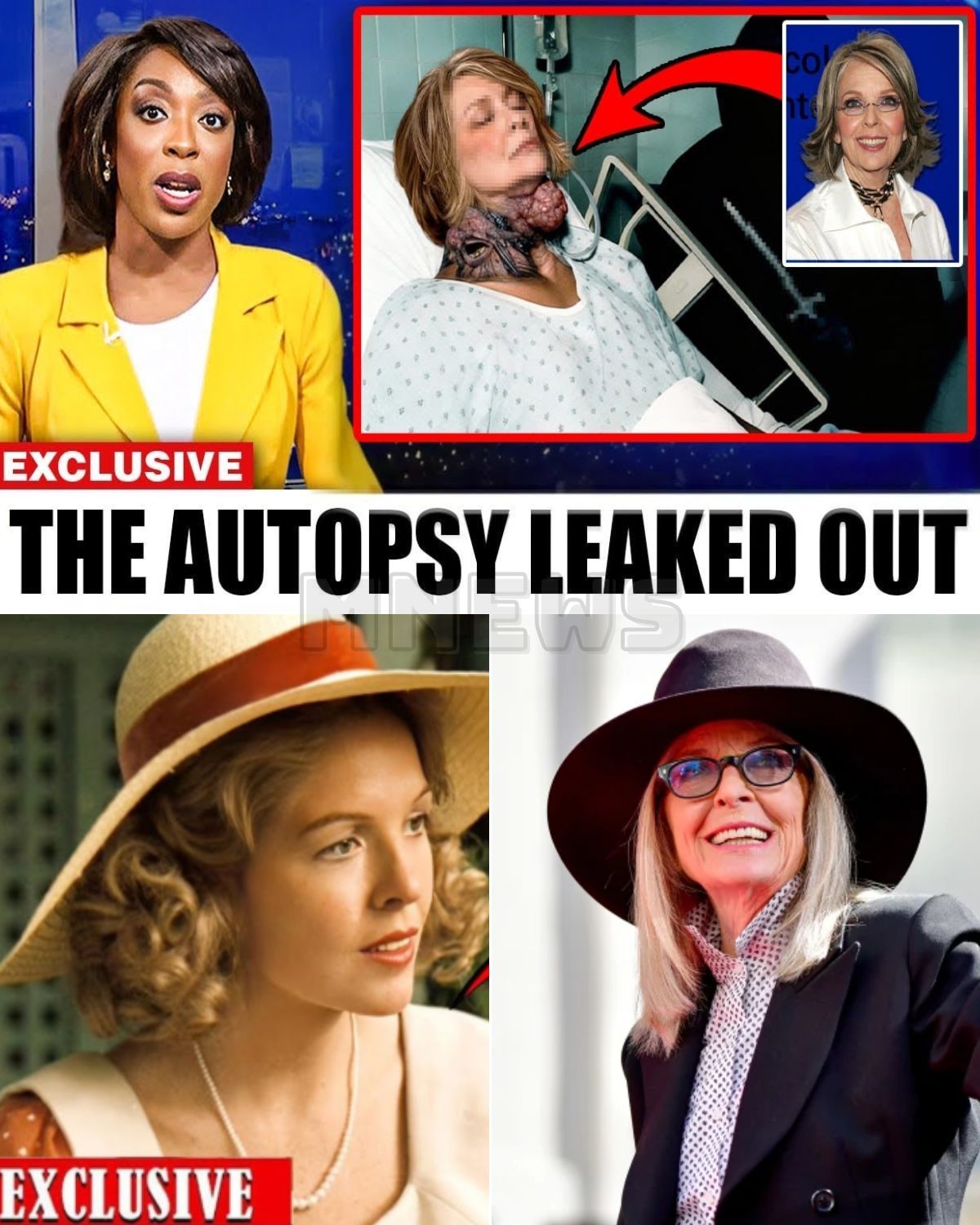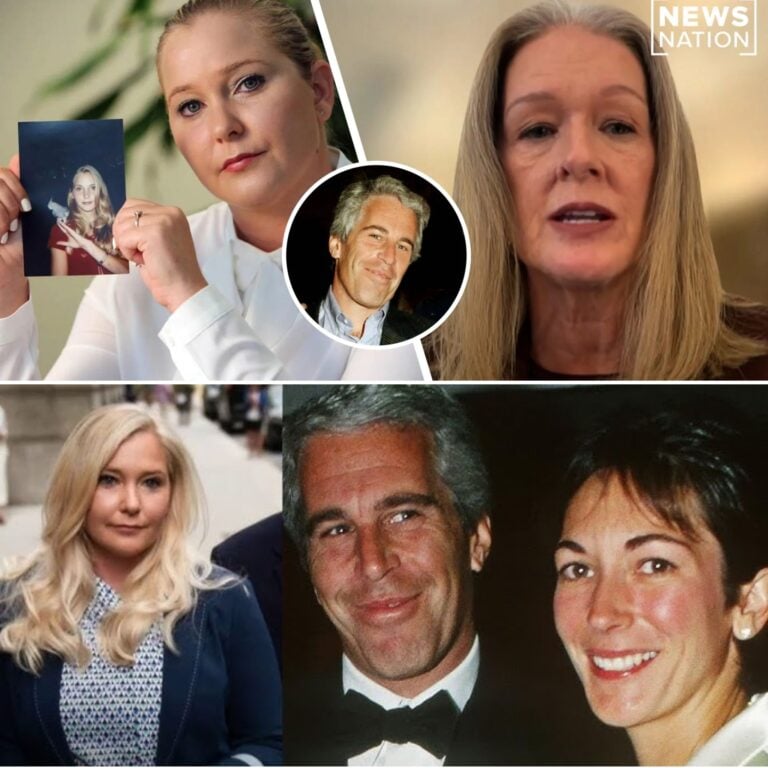Diane Keaton, the iconic actress known for her roles in classics like Annie Hall and The Godfather, has passed away at the age of 79 in California, leaving behind a shroud of mystery surrounding her death. The announcement from her family did not specify a cause, but a shocking revelation from the last doctor to examine her body has turned her passing into a haunting enigma that will reverberate through the medical community.

In a chilling twist, the doctor confirmed that Diane did not die from pneumonia, as the official report stated. Instead, he observed a bizarre reaction within her body—one he had never encountered in three decades of practice. This unprecedented biological phenomenon has led to whispers of a cover-up at Cedar Sinai Hospital, where the details of her autopsy quickly vanished from the records, replaced with a sterile diagnosis of pneumonia.
On October 12th, 2025, the autopsy room was filled with an eerie silence as the lead forensic doctor reviewed Diane’s lung tissue samples. What he found was shocking: a pale silver mark on her left shoulder and lung tissue that deviated from any known profile of bacterial pneumonia. Instead of the expected signs of infection, the tissue glowed faintly under blue light, suggesting an extraordinary and unexplained cellular activity. A technician’s whispered comment about tissue regeneration was quickly silenced, but the implications were clear—something was very wrong.
As the forensic team struggled to make sense of their findings, their report was abruptly sealed, and the hospital’s internal server mysteriously went offline. The chief doctor ordered the team to suppress any mention of the anomalies, creating a chilling atmosphere of secrecy. Diane’s death certificate was signed within hours, but the truth behind her condition remained locked away, igniting rampant speculation in Hollywood’s medical circles.

Rumors began to swirl about potential autoimmune reactions, the effects of her long history with skin cancer treatments, and even the possibility of rare metabolic irregularities. Despite the official narrative, the medical community was left grappling with questions: What truly happened to Diane Keaton in her final days? Why did her body display signs of resistance to death?
In the days following her death, the silence from Cedar Sinai was deafening. While media outlets reported her passing as a peaceful departure from pneumonia, they failed to mention the silver mark, the glowing tissue, or the locked reports that hinted at a deeper mystery. The forensic doctor who performed the autopsy resigned shortly after, leaving behind a chilling statement that “the body didn’t entirely belong to any pathology I’ve ever known.”
As the world mourns the loss of a beloved star, the questions surrounding Diane Keaton’s death linger like a dark cloud. Was her passing merely the result of age and illness, or was it something far more complex and unsettling? The truth may never fully emerge from the shadows, but the haunting details of her final moments will echo in the hearts of those who loved her and the medical professionals who dared to uncover the secrets hidden within her.
In a world where answers are often obscured by silence, Diane Keaton’s legacy may not only be one of cinematic brilliance but also of a profound mystery that challenges our understanding of life and death itself. What truly happened to Diane Keaton? The question hangs in the air, waiting for an answer that may never come.





